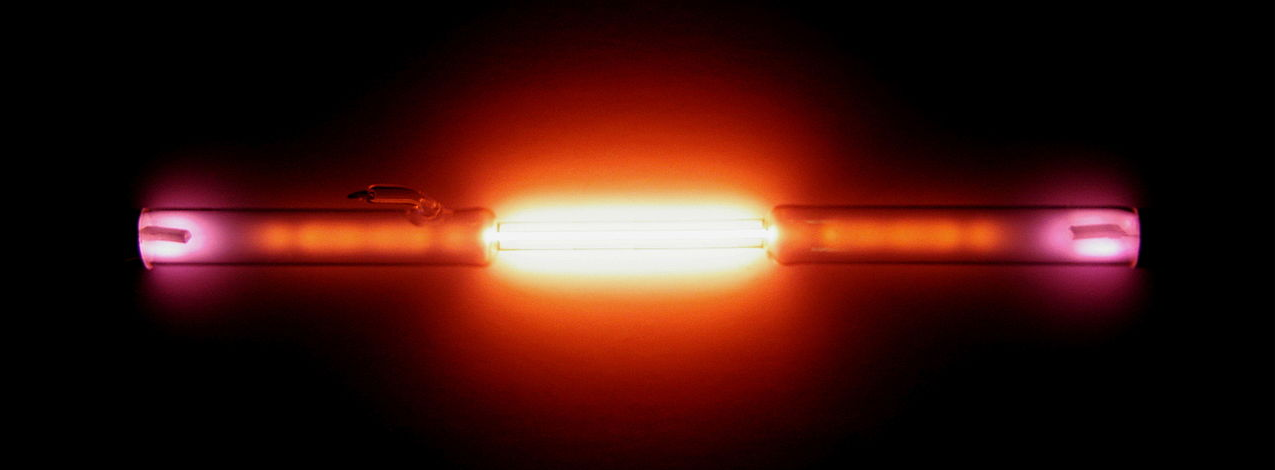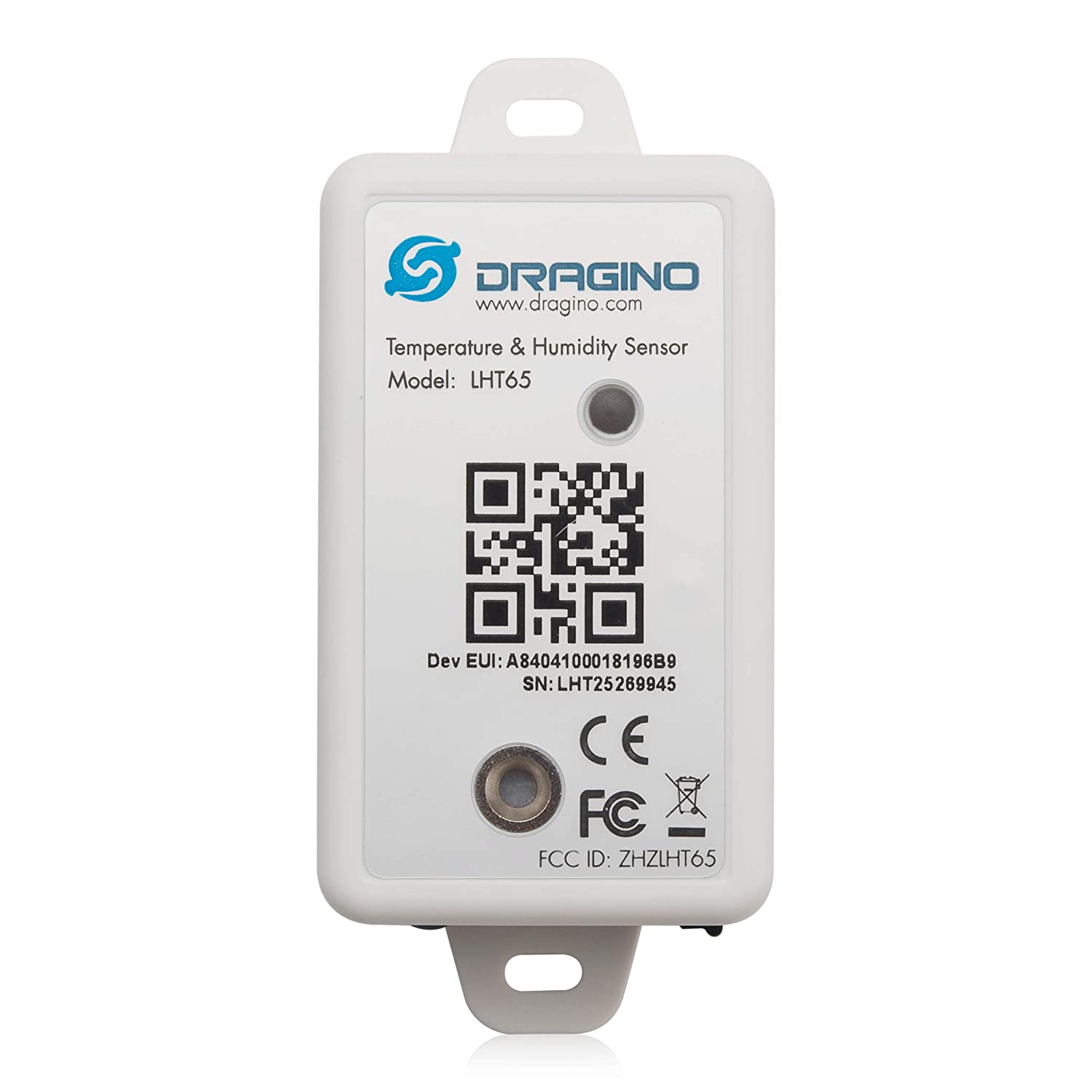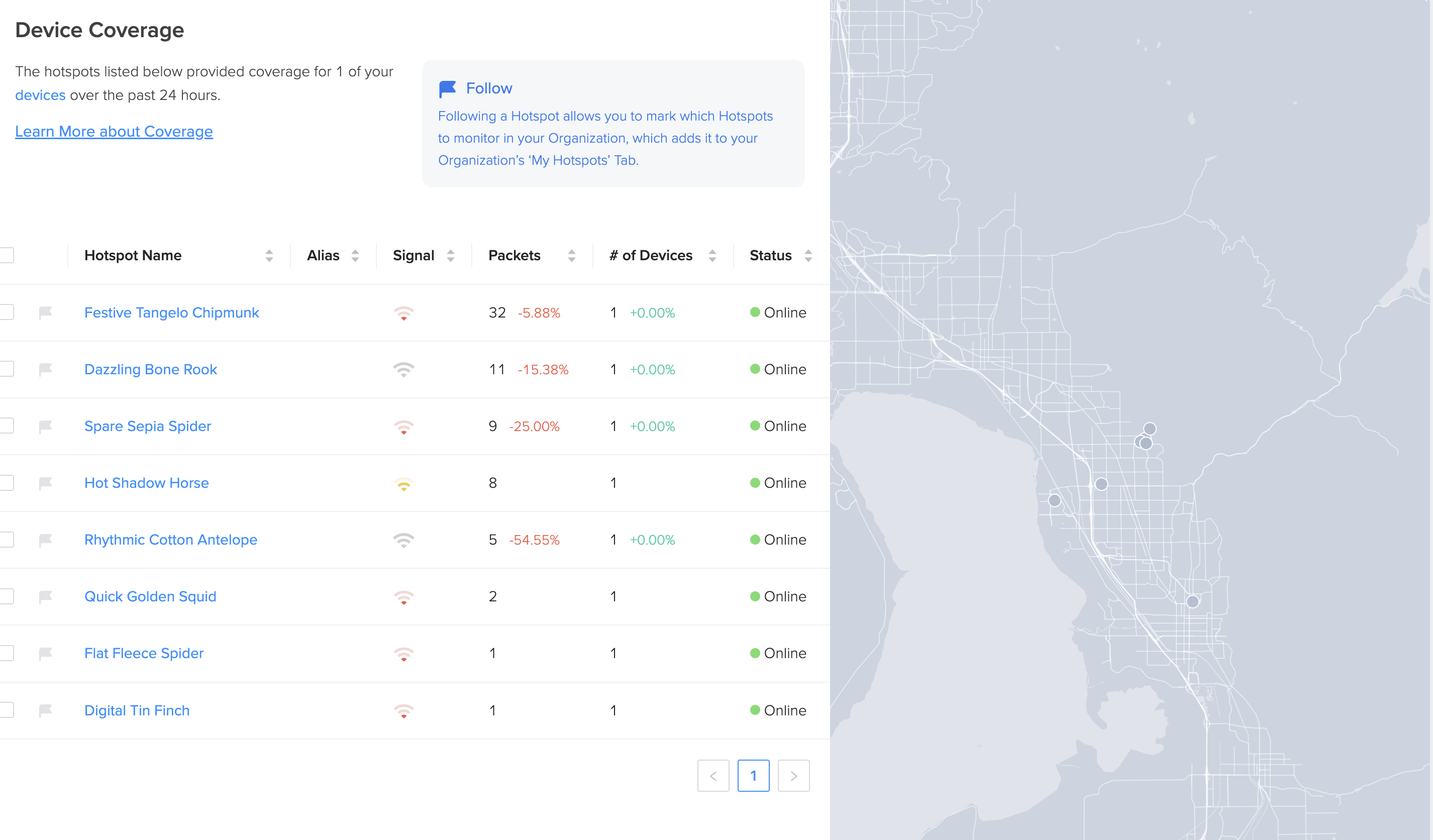Summary
Connectivity requirements add lots of friction to large-scale IoT deployments. LoRaWAN, and the Helium network, just might be a good, universal solution.

I've been interested in the internet of things (IoT) for years, even building and selling a connected car product called Fuse at one point. One of the hard parts of IoT is connectivity, getting the sensors on some network so they can send data back to wherever it's aggregated, analyzed, or used to take action. Picos are a good solution for the endpoint—where the data ends up—but the sensor still has to get connected to the internet.
Wifi, Bluetooth, and cellular are the traditional answers. Each has their limitations in IoT.
- Wifi has limited range and, outside the home environment, usually needs a separate device-only network because of different authentication requirements. If you're doing a handful of devices it's fine, but it doesn't easily scale to thousands of devices. Wifi is also power hungry, making it a poor choice for battery-powered applications.
- Bluetooth's range is even more limited, requiring the installation of Bluetooth gateways. Bluetooth is also not very secure. Bluetooth is relatively good with power. I've had temperature sensor on Bluetooth that ran over a year on a 2025 battery. But still, battery replacement can end up being real maintenance headache.
- Cellular is relatively ubiquitous, but it can be expensive and hard to manage. Batteries work for cell phones because people charge them every night. That's not reasonable for many IoT applications, so cellular-based sensors usually need to be powered.
Of course, there are other choices using specialized IoT protocols like ZWave, Zigbee, and Insteon, for example. These all require specialize hubs that must be bought, managed, and maintained. To avoid single points of failure, multiple hubs are needed. For a large industrial deployment this might be worth the cost and effort. Bottom line: Every large IoT project spends a lot of time and money designing and managing the connectivity infrastructure. This friction reduces the appeal of large-scale IoT deployments.
Enter LoraWAN, a long-range (10km), low-power wireless protocol for IoT. Scott Lemon told me about LoRaWAN recently and I've been playing with it a bit. Specifically, I've been playing with Helium, a decentralized LoRaWAN network.
Helium is a LoRaWAN network built from hotspots run by almost anyone. In one of the most interesting uses of crypto I've seen, Helium pays people helium tokens for operating hotspots. They call the model "proof of coverage". You get paid two ways: (1) providing coverage for a given geographical area and (2) moving packets from the radio to the internet. This model has provided amazing coverage with over 700,000 hotspots deployed to date. And Helium expended very little capital to do it, compared with building out the infrastructure on their own.
I started with one of these Dragino LHT65 temperature sensors. The fact that I hadn't deployed my own hotspot was immaterial because there's plenty of coverage around me.

Unlike a Wifi network, you don't put the network credentials in the device, you put the devices credentials (keys) in the network. Once I'd done that, the sensor started connecting to hotspots near my house and transmitting data. Today I've been driving around with it in my truck and it's roaming onto other hotspots as needed, still reporting temperatures.

Transmitting data on the Helium network costs money. You pay for data use with data credits (DC). You buy DC with the Helium token (HNT). Each DC costs a fixed rate of $0.00001 per 24 bytes of data. That's about $0.42/Mb, which isn't dirt cheap when compared to your mobile data rate, but you're only only paying for the data you use. For 100 sensors transmitting 3 packets per hour for a year, the cost would be $2.92. If each of those sensors needed a SIM card and cellular account, the comparable price would be orders of magnitude higher. So, the model fits IoT sensor deployments well. And the LHT65 has an expected battery life of 10 years (at 3 packets per hour) which is also great for large-scale sensor deployments.
Being able to deploy sensors without having to also worry about building and managing the connection infrastructure is a big deal. I could put 100 sensors up around a campus, a city, a farm, or just about anywhere and begin collecting the data from them without worrying about the infrastructure, the cost, or maintenance. My short term goal is to start using these with Picos and build out some rulesets and the UI for using and managing LoRaWAN sensors. I also have one of these SenseCAP M1 LoRaWAN gateways that I'm going to deploy in Idaho later (there are already several hotspots near my home in Utah). I'll let you know how all this goes.
Update:—I finally got around to deploying the temperature sensor in my pumphouse, almost a year later. See the details in Monitoring Temperatures in a Remote Pump House Using LoraWAN.
Photo Credit: Helium discharge tube from Heinrich Pniok (CC BY-NC-ND 3.0). Image was cropped vertically.




